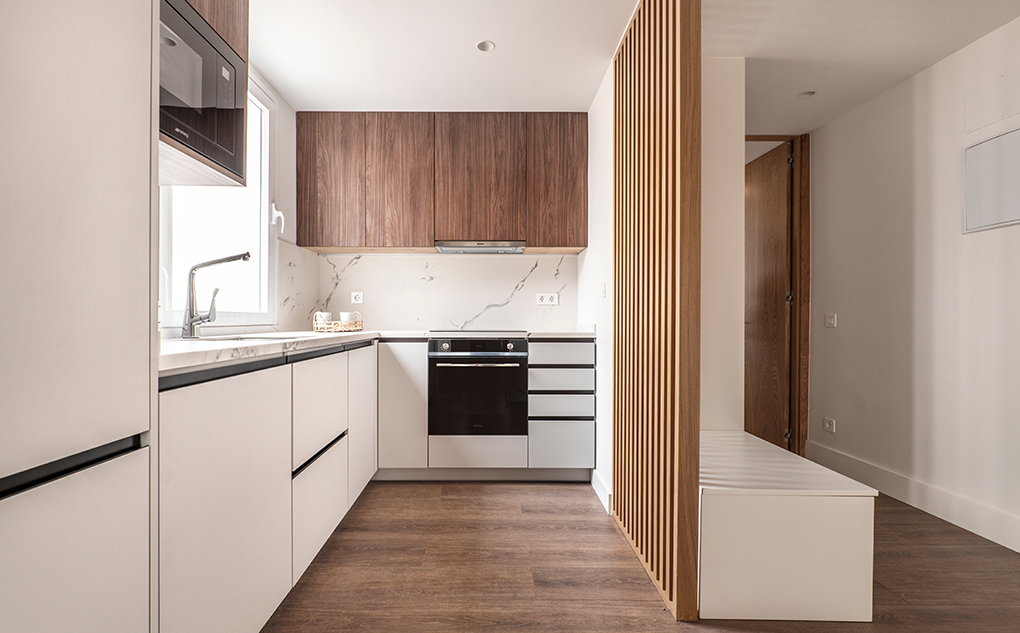After Surging in Pandemic Era, Occupancy in Three-Bedroom Units Falls

In yet another example of apartment fundamentals returning to pre-pandemic norms, occupancy among unit types has rebounded back to typical pre-COVID patterns. In particular, occupancy among the largest unit type – three-bedroom units – has softened, after surging to all-time highs earlier in 2021 and 2022.
Occupancy runs the tightest by far in one-bedroom and two-bedroom units, as of January 2024, registering in-line with the national norm, according to data from RealPage Market Analytics. Occupancy in three-bedroom and efficiency units, meanwhile, registers approximately 70 basis points (bps) below the national norm. This marks a return to normal occupancy patterns across unit types.
Across the U.S., occupancy registered at 94.1% in January 2024, marking a 10-year low. Still, among unit types, one-bed and two-bed units carried the occupancy load with rates registering in-line with the national norm. One-bedroom units logged occupancy of 94.1% in January, followed closely by 94.2% in two-bedroom units. Three-bedroom units and efficiency units were the underperformers again in January with occupancies of 93.4% and 93.3%, respectively.
In a pre-pandemic world, apartment occupancy generally registered the strongest in the two most popular unit types: one-bedroom and two-bedroom units. These two unit types are also easily the most common, constituting the largest share of apartment units nationwide. Three-bedroom units and efficiency units comprise a much smaller fraction of the overall apartment stock nationwide.
During the demand boom of 2021 and 2022 when apartment occupancy surged nationwide, all unit types got a boost in occupancy. But three-bedroom units recorded the highest jump, climbing 270 basis points (bps) from the pre-pandemic occupancy rate in February 2020 of 94.7%. All other unit types experienced softer – but still notable – inclines between 210 bps and 220 bps.
Given the context of the pandemic, none of this comes as a surprise. Amid the shift to work-from-home, efficiency units were suddenly less favorable to many renters, causing a decline in occupancy among that unit type. Many renters needed more space for a home office, making larger units more favorable.
At the same time, household formation surged in mid-2020, only to soften back down to more normal – but still strong – growth later in the year. The number of U.S. households has increased approximately 6% since February 2020, according to Federal Reserve Economic Data (FRED) readings from November 2023, the latest available readings.








